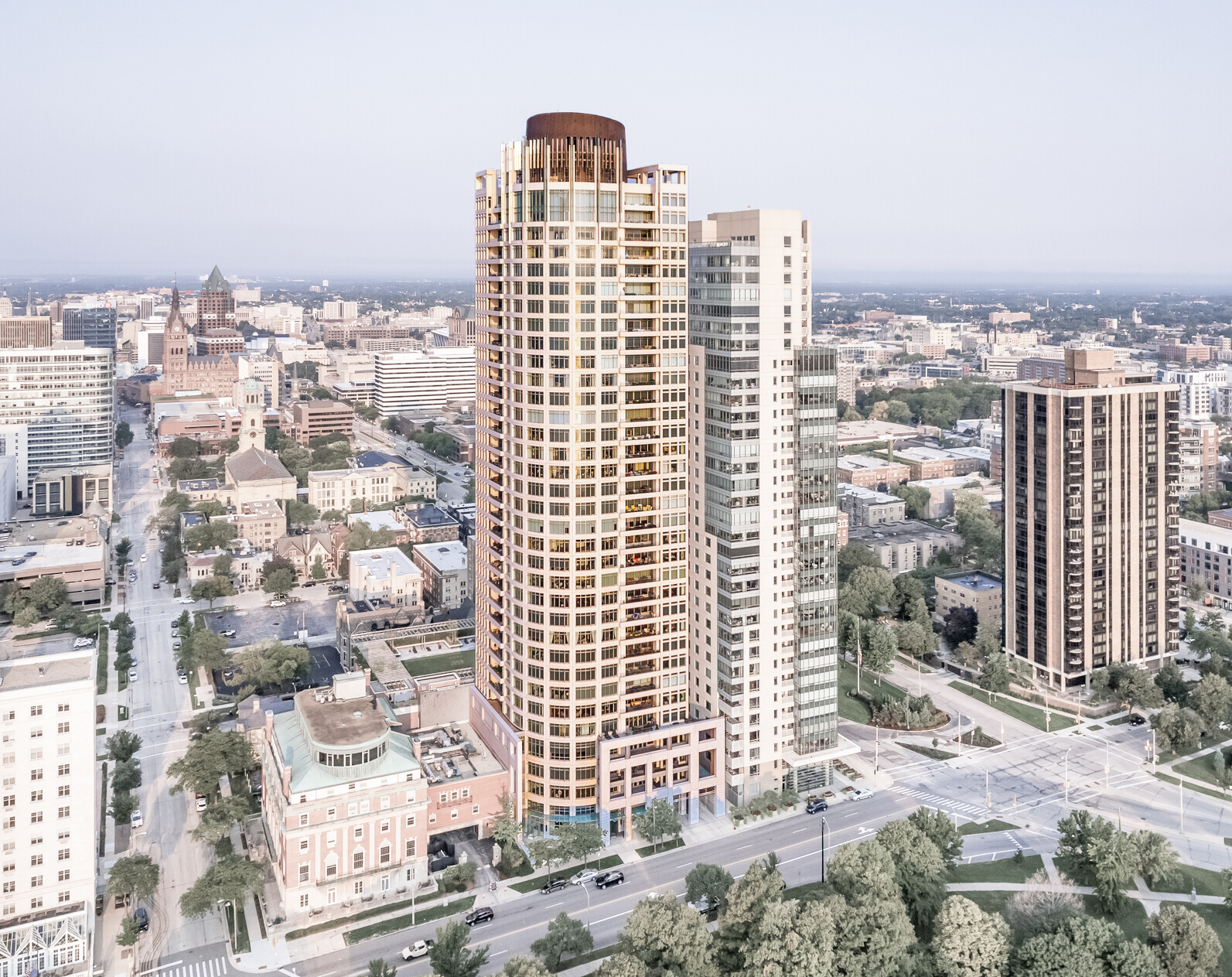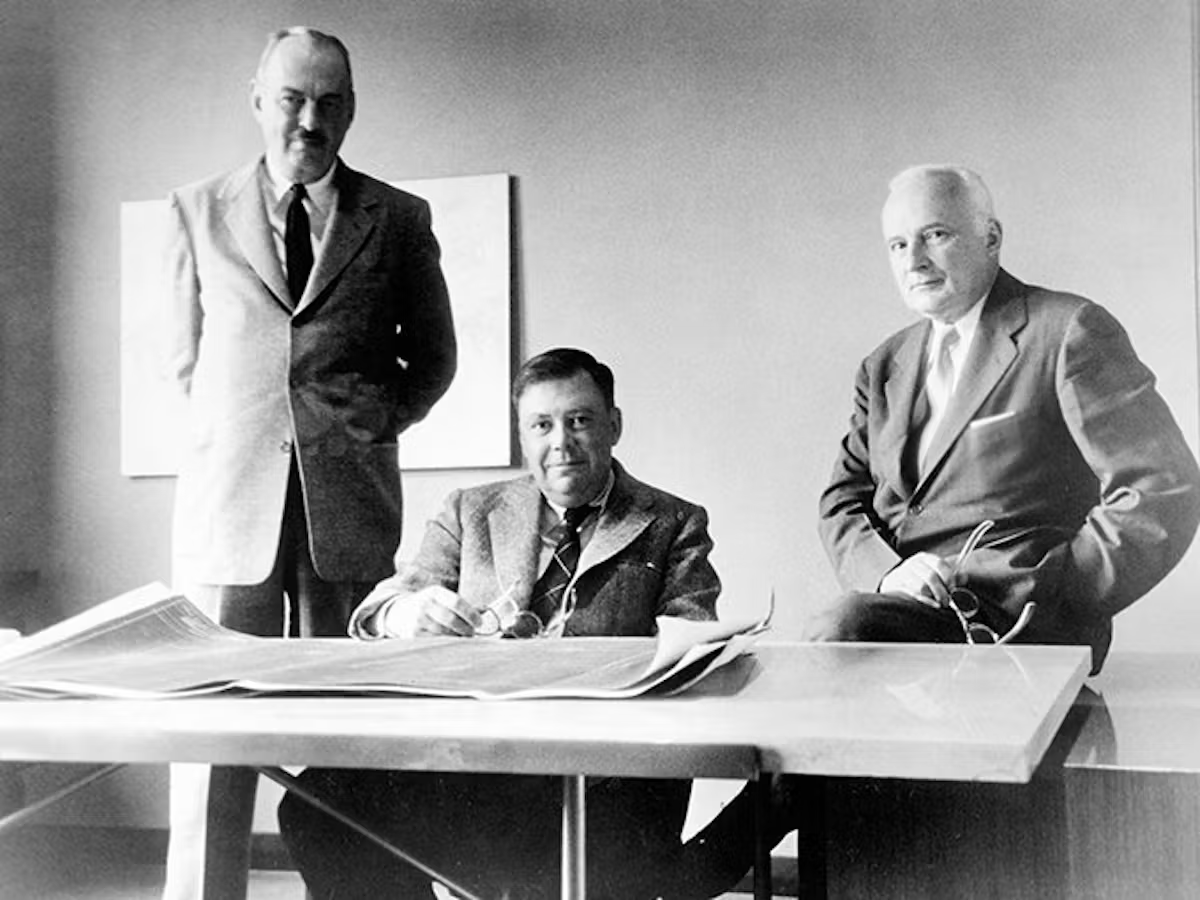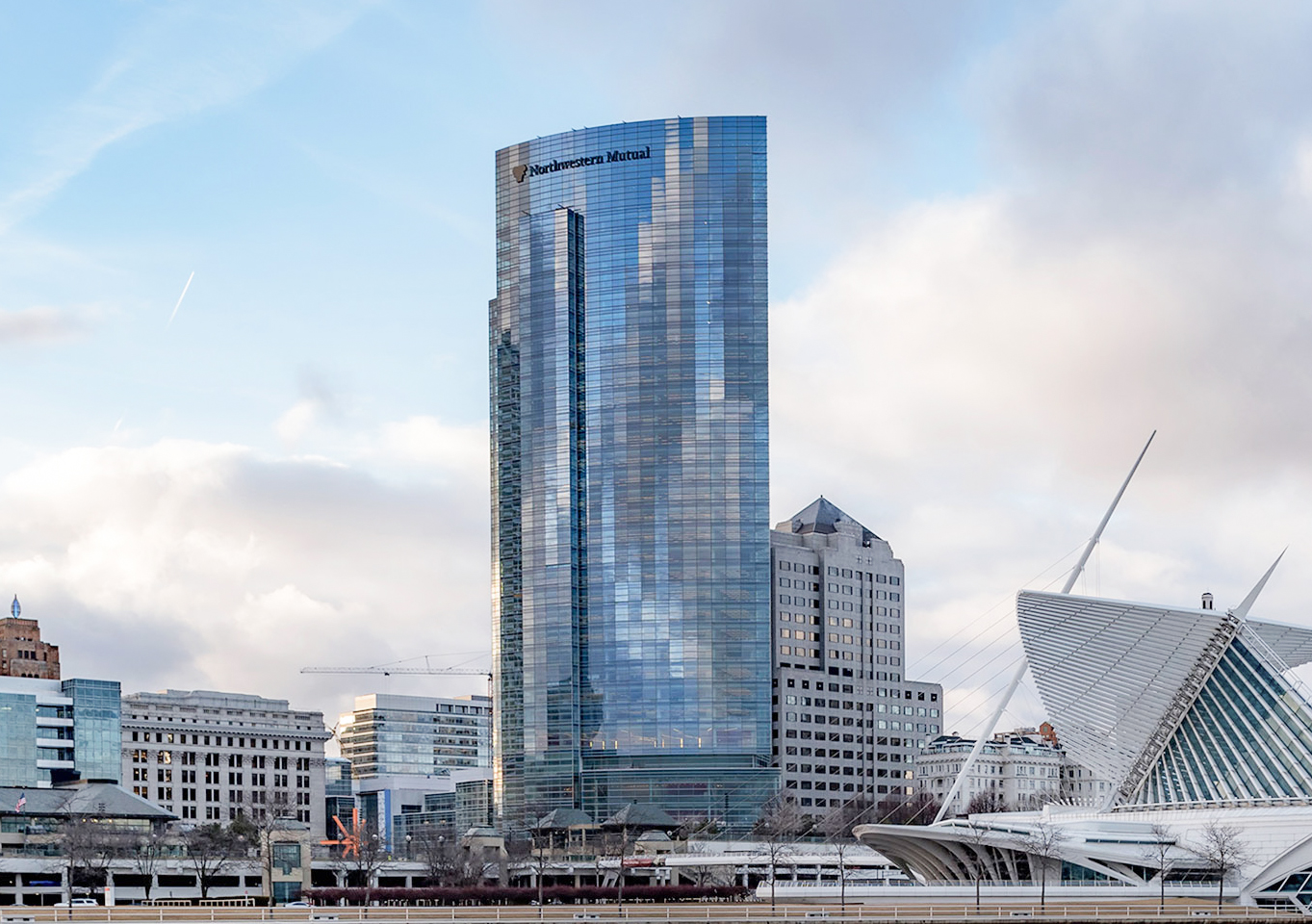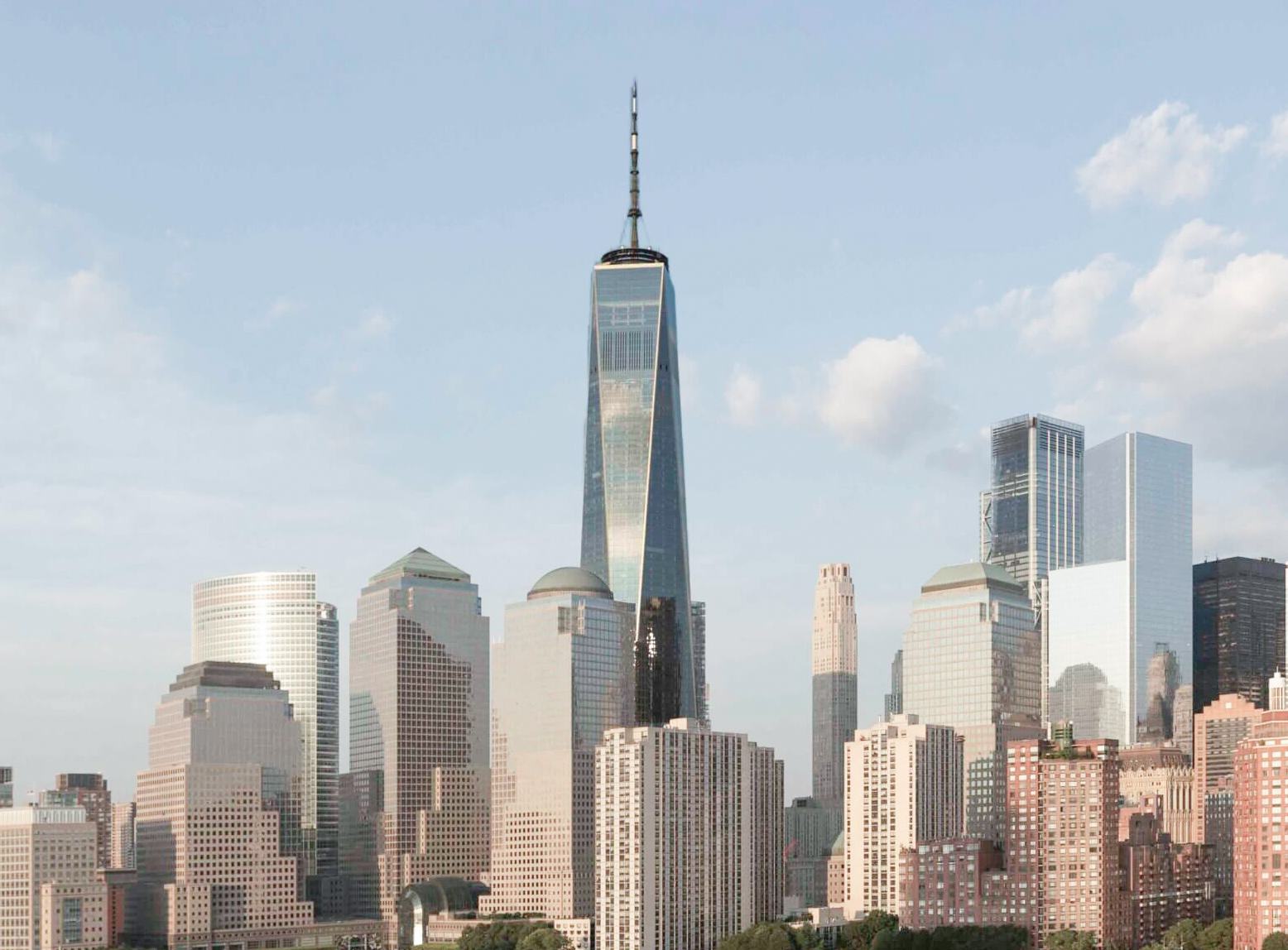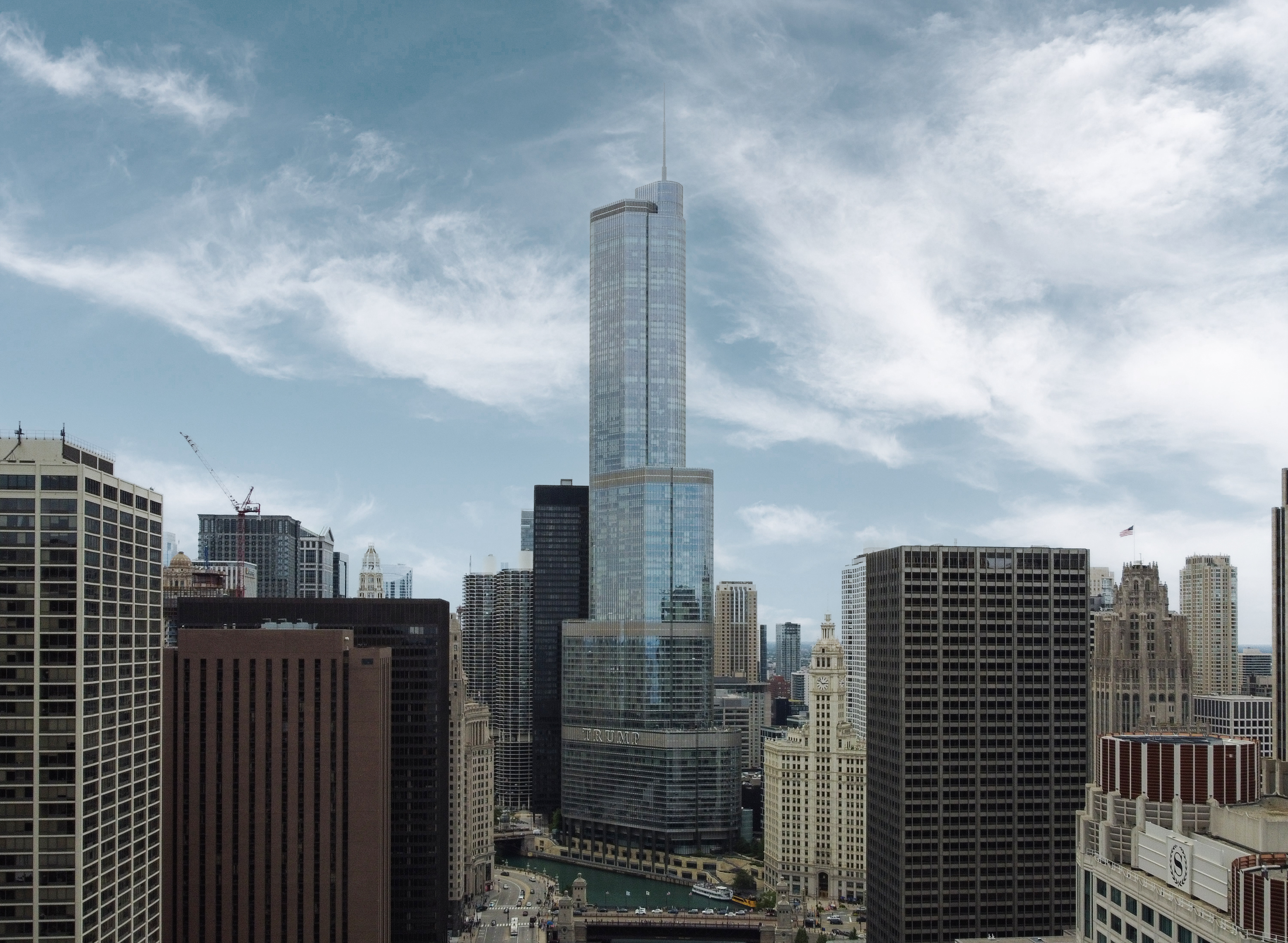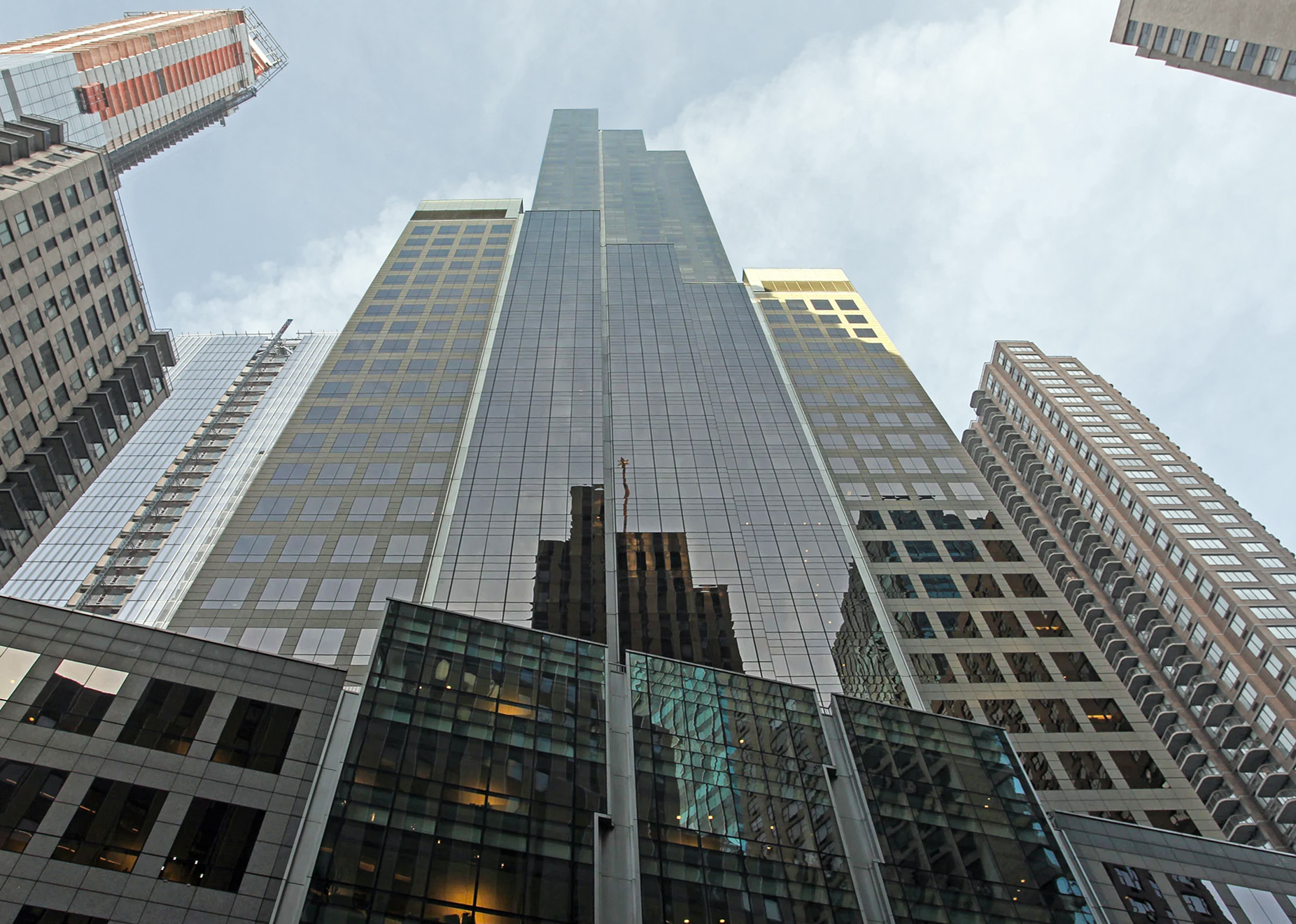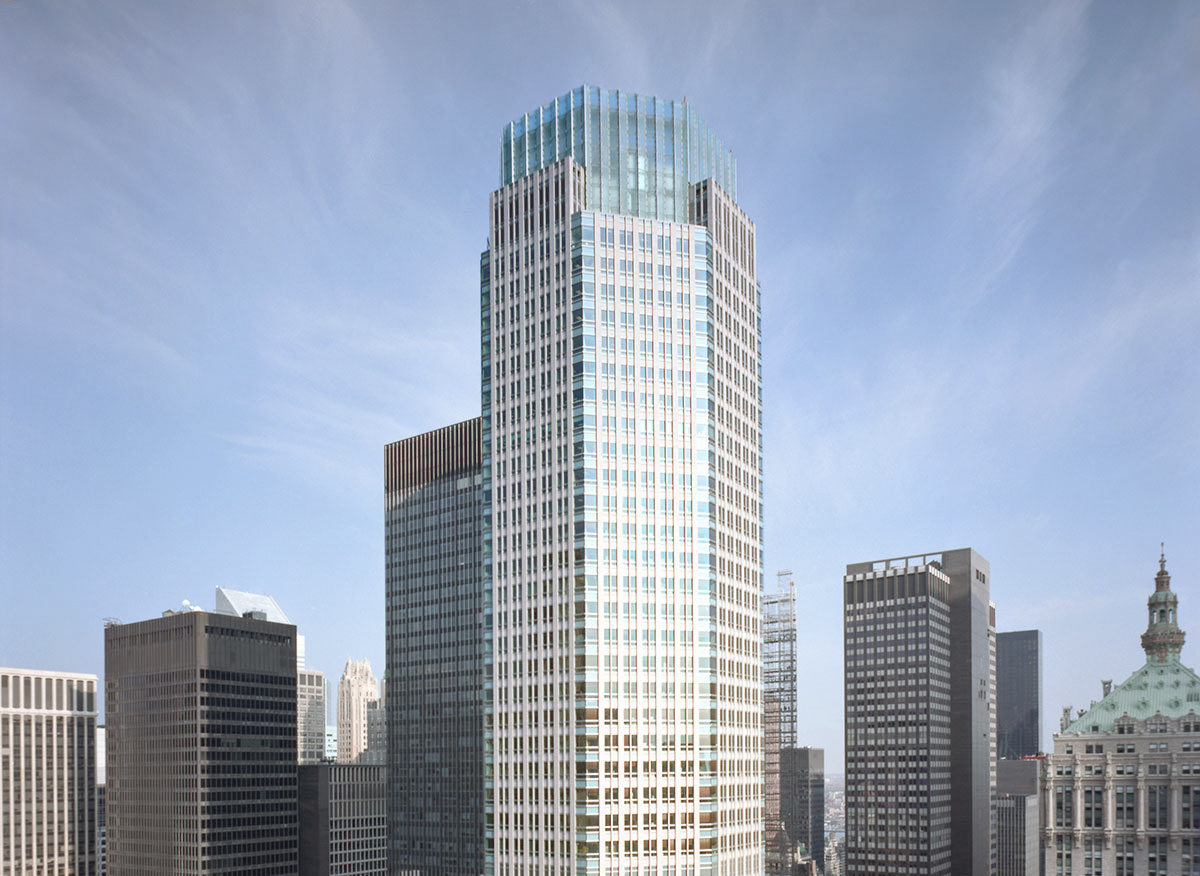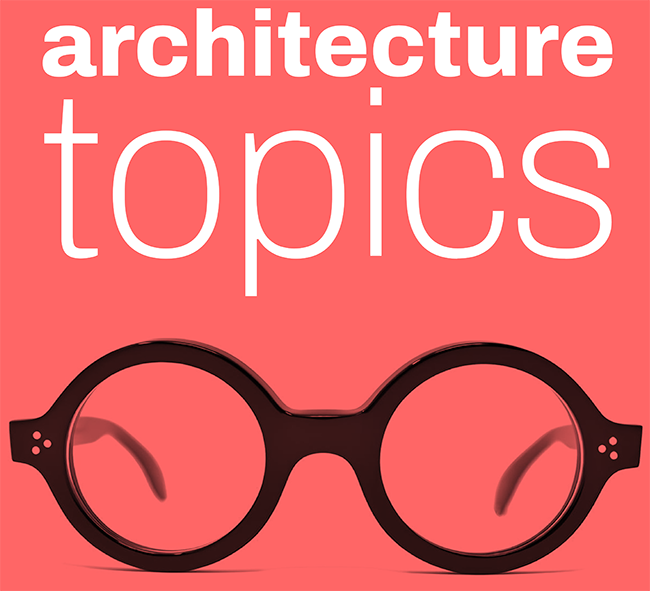The University Club Tower is a Contemporary skyscraper designed by Skidmore, Owings & Merrill, with Peter Ellis as lead architect, and built between 2004 and 2007 in Milwaukee, WI.
Its precise street address is 825 N Prospect Ave, Milwaukee, WI. You can also find it on the map here.
